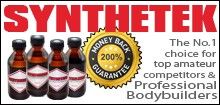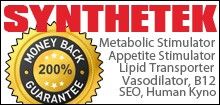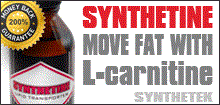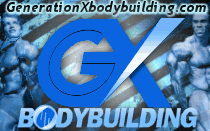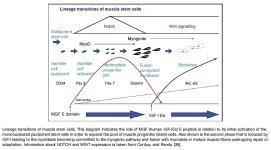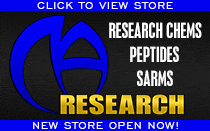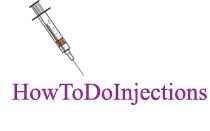- Joined
- Jul 25, 2008
- Messages
- 1,700
dat,
I am still enjoying this thread. I have found GHRP-6 at 100mcg contributes to my gastric emptying process.
Oh, and BTW, I appreciated the humor when you wrote about your evenings:
"But there is no GHRP-6 pituitary problem (as far as I can see and I have really bored myself to death reading literature over potential pituitary problems and given up at least two "sure thing evenings" with a hottie and quite a few "maybe it will happen" evenings and some "listen to her blah, blah, blah with no hope of anything evenings" just to conclude that high dose CJC-1295 is the only release pattern that could present problems)."
That's dedication to better peptiding!
Rob
Speaking of gastic emptying I tried a sample product of "Natural Calm" the other day. The ingredient is Magnesium Citrate around 650mgs w/ the claim of it being "ionic" or quickly absorbable. It was sweetened w/ Stevia & orange flavor and was mixed w/ boiling water so you sip it like a tea.
Man that relaxed me & made me feel sleepy. I'd like to create my own mix w/ Magnesium Citrate but discovered this is what they give to pre-surgery patients to clean out the colon. Whooosh!
A dose of the product didn't effect me that way but I don't want that gastric effect... the calming, relaxing effect was awesome! Much better then Valerian Root.
Does anybody have any experience with walking that line w/ Magnesium Citrate?

